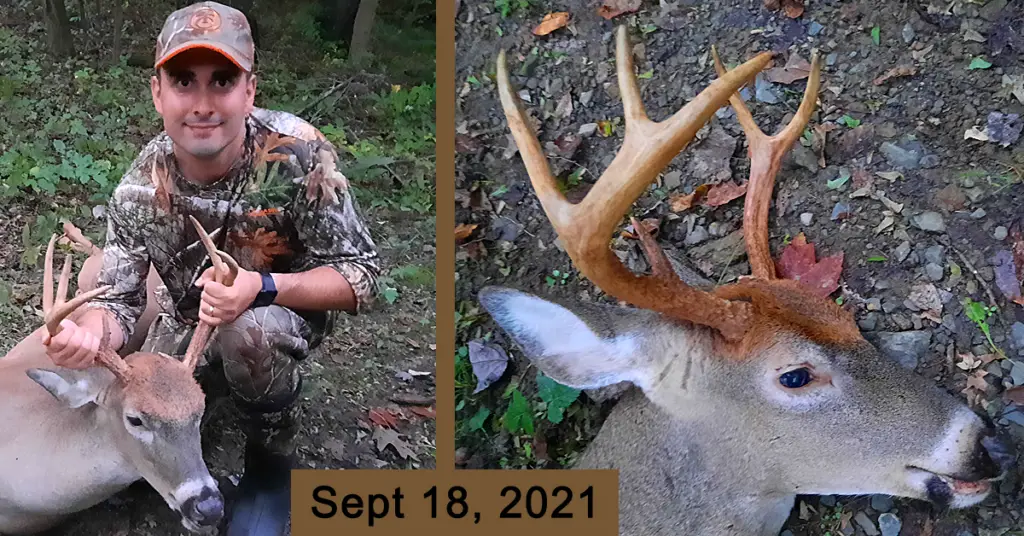Arrow weight plays a major role in archery hunting, it impacts your range, aiming, and effect on the deer. On this episode I talk about how to sift through all the information out there to make a good decision on how heavy YOUR arrows should be.
Key Points:
- Arrow Weight (which is really the mass) is measured in grains, just like bullets.
- Arrow Velocity is measured in feet per second, (MPH = FPS X 0.68)
- Arrow Energy is measured in foot pounds
- Arrow Momentum is measure in slugs per feet per second.
- Arrow Drop is measured in inches at a given distance, often compared to a previously established benchmark.
Assuming a bow has a fixed amount of energy it can put into an arrow, the lighter the arrow the faster a bow will propel it. The faster the arrow the flatter the trajectory the slower it will drop and the easier it will be to aim and take longer shots.
Heavier arrows travel slower, drop faster and are more difficult to aim because even small differences in estimated vs. actual difference can affect your ability to hit a target. However, they carry more energy to a point, and carry significantly more momentum which makes them more effective on a whitetail deer.
There is no best arrow weight, period. There may be a weight that is best for you, depending on how you hunt and where you hunt.
Listen to the episode to hear my recommendation on arrow weight for new hunters.

